[ad_1]
Queen Elizabeth II characterized and redefined the image of a modern-day monarch during her 70-year reign.
She was known as the world’s most prolific couture client and is said to have racked up thousands of dresses in stores at Buckingham Palace.
Never passionate about fashion, Elizabeth understood that her clothing was a uniform associated with her role.
Guided by the expert hands of her most trusted designers, Elizabeth created an authentic yet idealized image of a Queen saying, as she did, “I have to be seen to be believed.”
An observer of the age-old ideal that royalty should never follow fashions, nor set them, but always balance the two, Elizabeth’s reign can be traced through her changing style.
From wartime princess to longest-reigning monarch in British history, Elizabeth II was a true style queen.
assorted daisy
Lisa Sheridan/Studio Lisa/Getty Images
From early childhood, Elizabeth was dressed in the fashionable upper-class style of matching siblings.
Although there were four years between Elizabeth, born in 1926, and her sister, Princess Margaret, born in 1930, the two wore matching outfits almost until the end of the war.
The Queen Mother loved her daughters to match, at a young age in Liberty print cotton dresses, and as they got older, dresses from London designers such as Norman Hartnell and Madame Handley-Seymour.
Margaret in particular hated this forced uniform and moved away as soon as she could for Paris clothing designers such as Christian Dior.
Elizabeth was less fashion-conscious and was perfectly happy wearing some of her mother’s old evening dresses, altered to fit the 18-year-old princess while clothing rationing was still in place in Britain.
The first taste of true fashion freedom enjoyed by Elizabeth came in 1947 with a royal tour of South Africa.
Although she was still only allowed to order clothes from designers approved by her mother, Elizabeth acquired a suite of dresses from fashion designer Norman Hartnell, who would dress her for the rest of her working life.
wedding dress fever
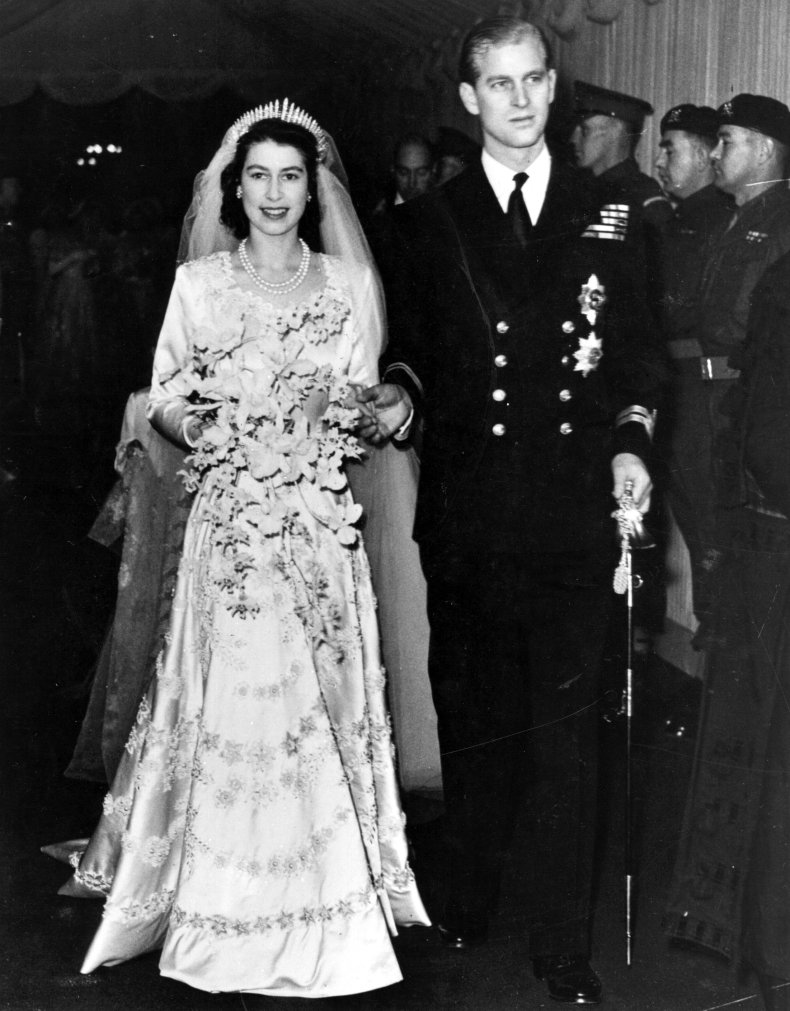
Archives Hulton/Getty Images
When it was announced that Elizabeth was engaged to Prince Philip, fashionable voices in London speculated who would make the wedding dress. The most obvious choice, and in fact the one that ultimately won, was Norman Hartnell.
Due to clothing rationing, people all over Britain sent Elizabeth their own clothing coupons so that a dress fit for a princess could be made.
In the end, it wasn’t necessary, and Hartnell designed a long dress with embellishment details inspired by a Botticelli painting.
The Queen at 25
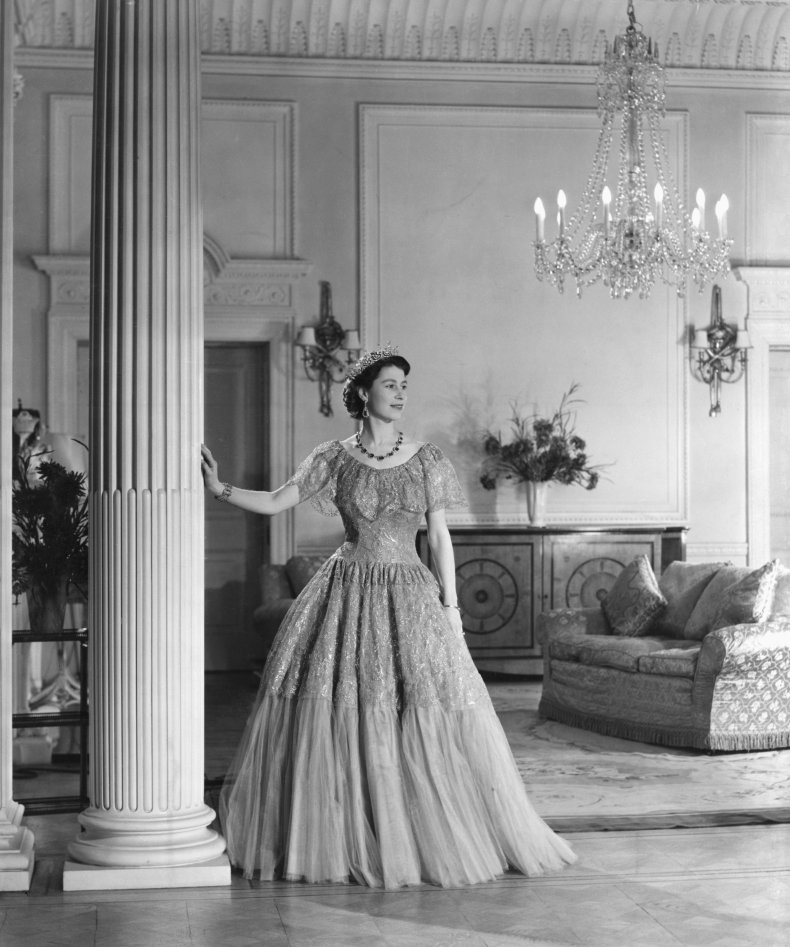
Bettmann via Getty Images
When King George VI died while Elizabeth was touring the Commonwealth, she became Queen aged just 25.
Upon her return, the young monarch posed for a series of photographs with photographer Dorothy Wilding to cement her image as a queen.
In the photographs, the new queen wears a black Norman Hartnell dress and a shimmering tiara.
There was a problem with the photographs, however, in that she looked too young, too feminine, and almost too glamorous.
Another sitting was ordered, and the new queen wore a more masculine tiara created for King George IV and the ribbon of the Order of the Garter.
Here, Elizabeth has become keenly aware of the power that attire can have when it presents an authoritative monarchical image.
Coronation Splendor
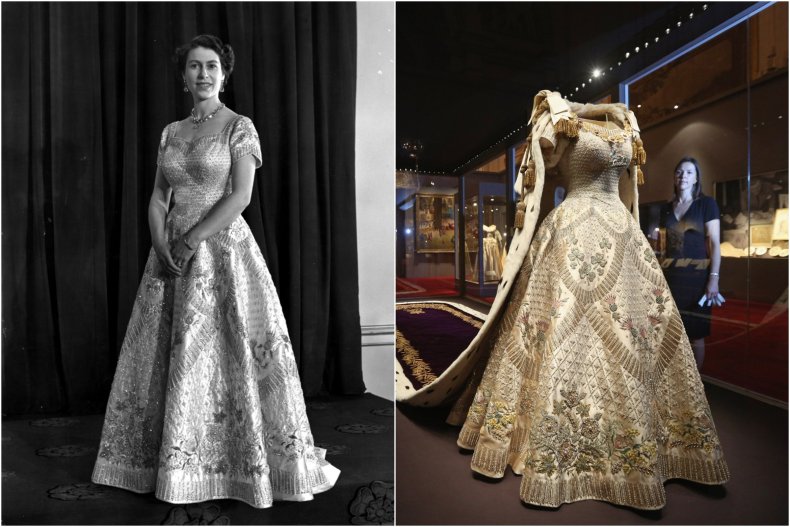
Oli Scarff/Getty Images/Central Press/Getty Images
If symbolism and majesty had been attached to his appearance until now, it is with the coronation that the most important image to date should be portrayed.
Turning to the man who had designed her wedding dress and most of her wardrobe since her marriage, Elizabeth asked Hartnell to provide designs for a dress he thought appropriate.
The final design chosen was a dress with roughly the same simple shape as her wedding dress but with short sleeves.
Embroidered on the robe in the style of Tudor monarchs are said to be symbols of each nation Elizabeth now ruled – the rose of England, the shamrock of Northern Ireland, the thistle of Scotland and the leek of Wales.
Hartnell had wanted to substitute the leek for the more feminine daffodil, but the Garter King of Arms told him that was forbidden.
When she finally approved the design, Elizabeth had a thought. She also wanted the flowers of each Commonwealth nation to be depicted on her dress.
Hartnell employed the largest seamstress salon throughout the 1950s to meet her royal commissions.
The Swinging Sixties
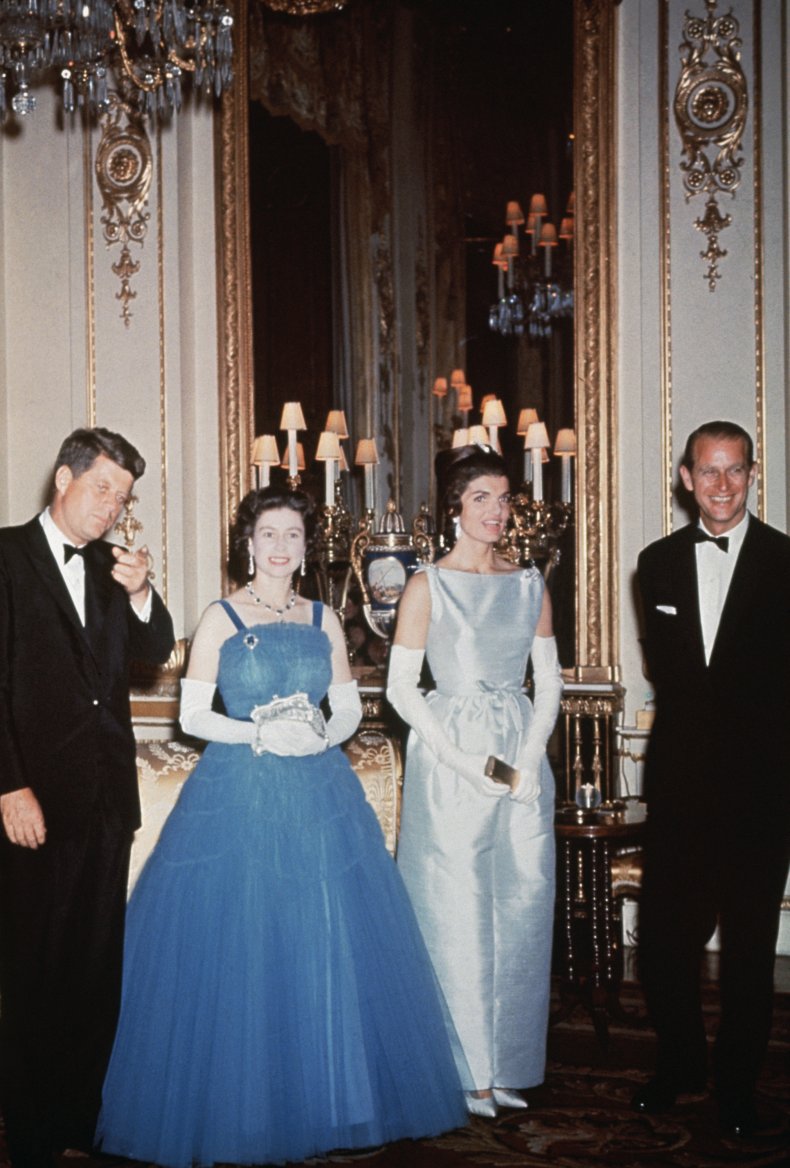
Bettmann via Getty Images
In the era of Jackie Kennedy and Twiggy, Elizabeth couldn’t stay in the comfortable fashions of the 1950s forever.
Although she never succumbed to the mod fashion of the miniskirt, she, through her designers, made an effort to streamline her figure and reduce bulky embellishments on her dresses.
A mother of four in the late 1960s, the monarchy was forced into a period of modernization and Elizabeth was the public faced with evidence of this change.
Creation of jubilee images
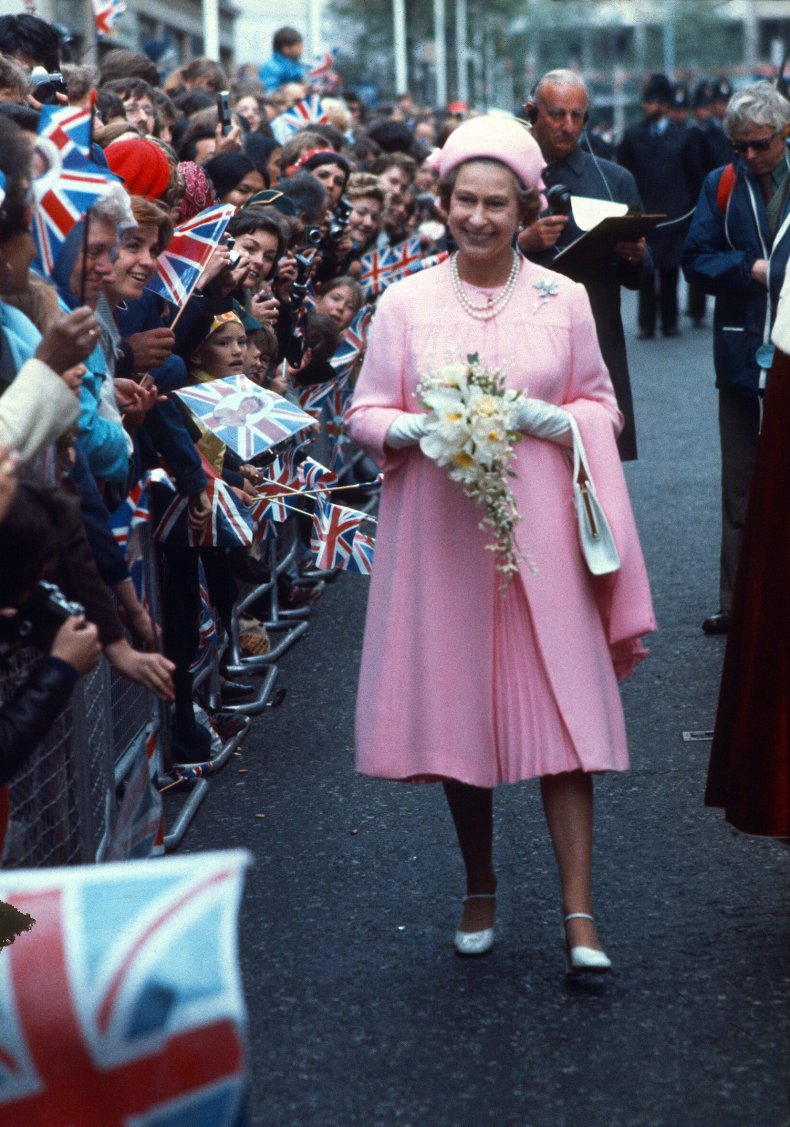
Anwar Hussein/Getty Images
By the time of the Silver Jubilee in 1977, the monarchy and its queen had changed dramatically in 25 years.
In her early fifties, Elizabeth still relied heavily on the designers and photographers who had shaped her image early in her reign such as Hartnell, Hardy Amies and Cecil Beaton.
It was an uncomfortable time in terms of Elizabeth’s image as these older men, with the exception of Amies, gave up their professional jobs and left the Queen to look elsewhere for help with her wardrobe demands.
A modern monarch
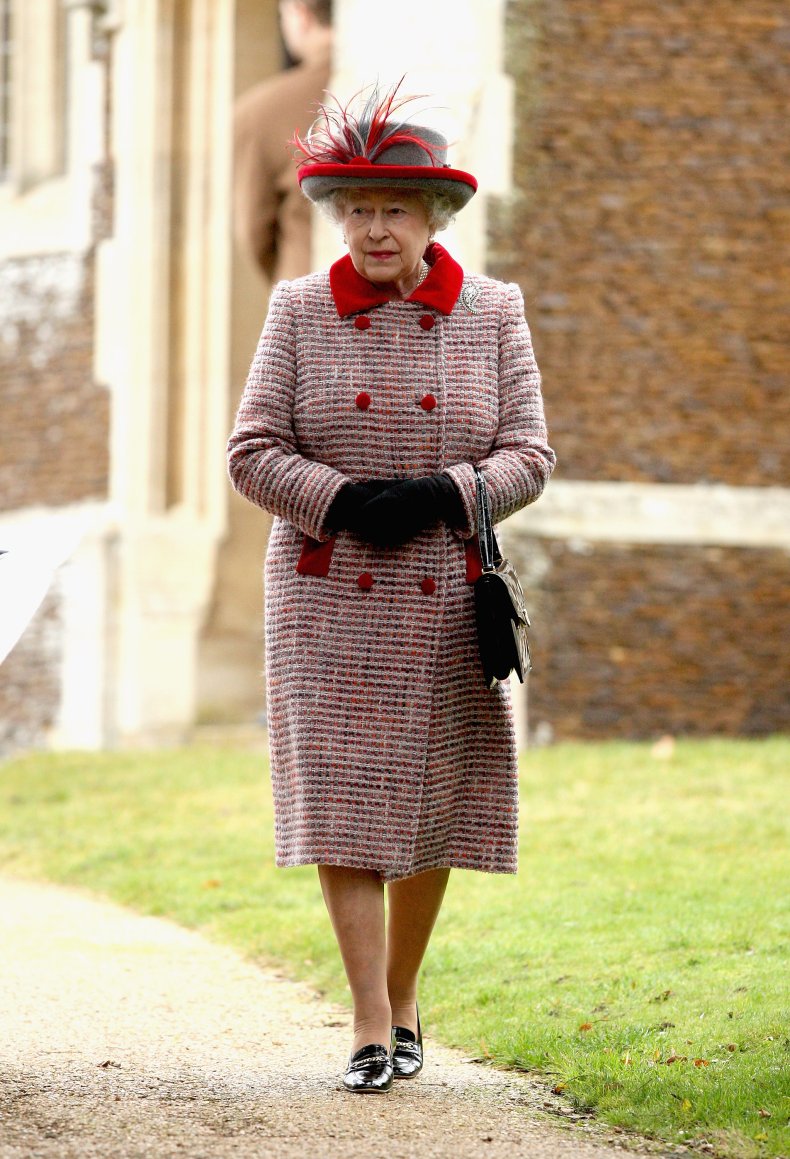
Chris Jackson/Getty Images
The biggest change in Elizabeth’s reign came in 2002 with the deaths of her mother and sister.
Now, no longer pressured by her daughter or sister, the Queen has redefined her rule and her image with a sense of freedom born of the tragedy of her losses.
Working with her new dresser, Angela Kelly, Elizabeth’s style evolved further into a classic day dress and coat form, but in fun colors and paisley prints, reminiscent of the Liberty print dresses of her childhood.
For evening dress, white was always the favorite color and as the 2000s progressed, state dresses were shaped into a pillar silhouette, flattering an older lady.
The Rainbow Queen
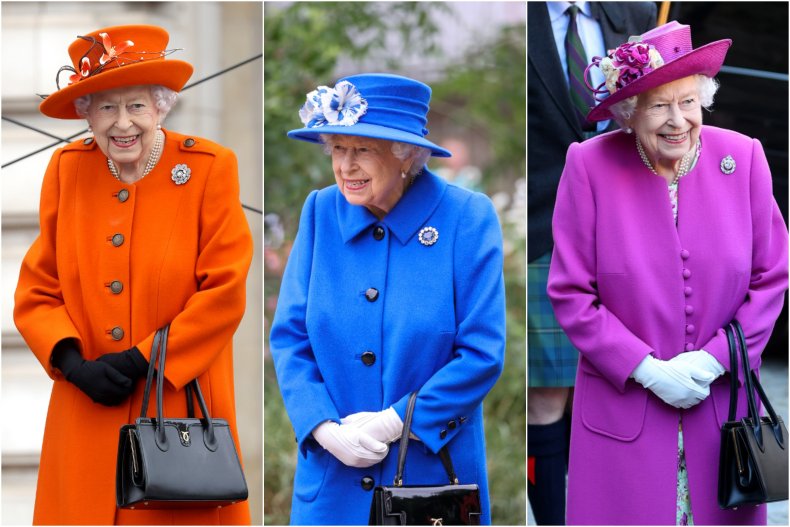
Chris Jackson/Getty Images/Getty Images for Commonwealth Games Federation / Birmingham 2022
The most enduring style legacy Elizabeth II left behind, aside from grand occasion dresses, is the rainbow wardrobe she embraced in the 2010s and 2020s.
Often pairing the color of her umbrellas with her solid-colored dresses, Elizabeth forged an identity that made her instantly recognizable, whether she was in a crowd of a million or simply in a room of 10.
Until her last public appearance, Elizabeth embodied the fun and functional style of a person who, more than anyone else, lived her official life through the prism of fashion.
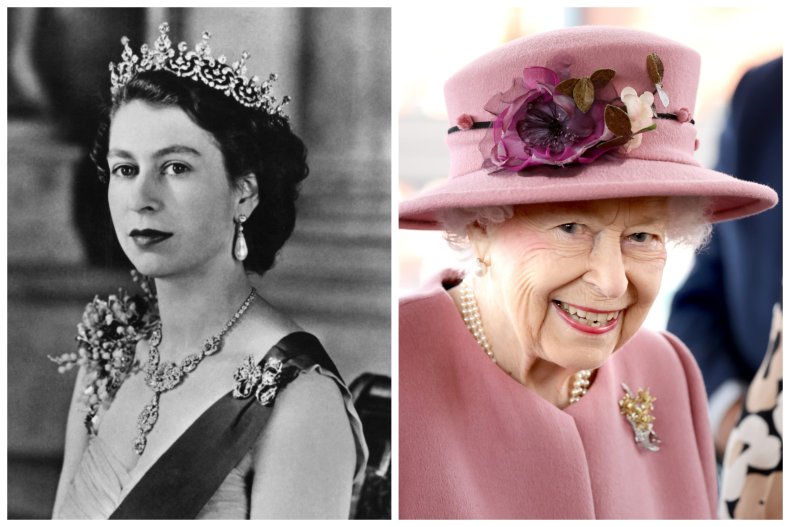
Chris Jackson/Getty Images/AFP via Getty Images
[ad_2]

Leave a Reply